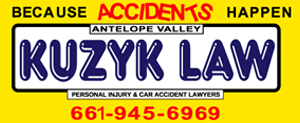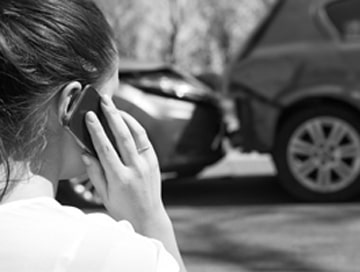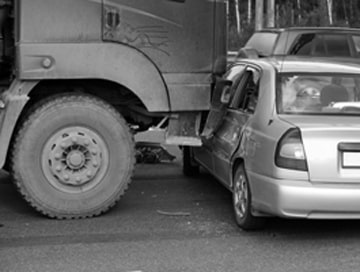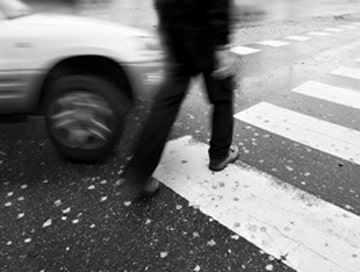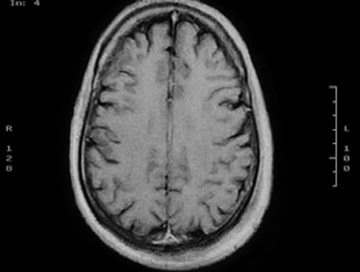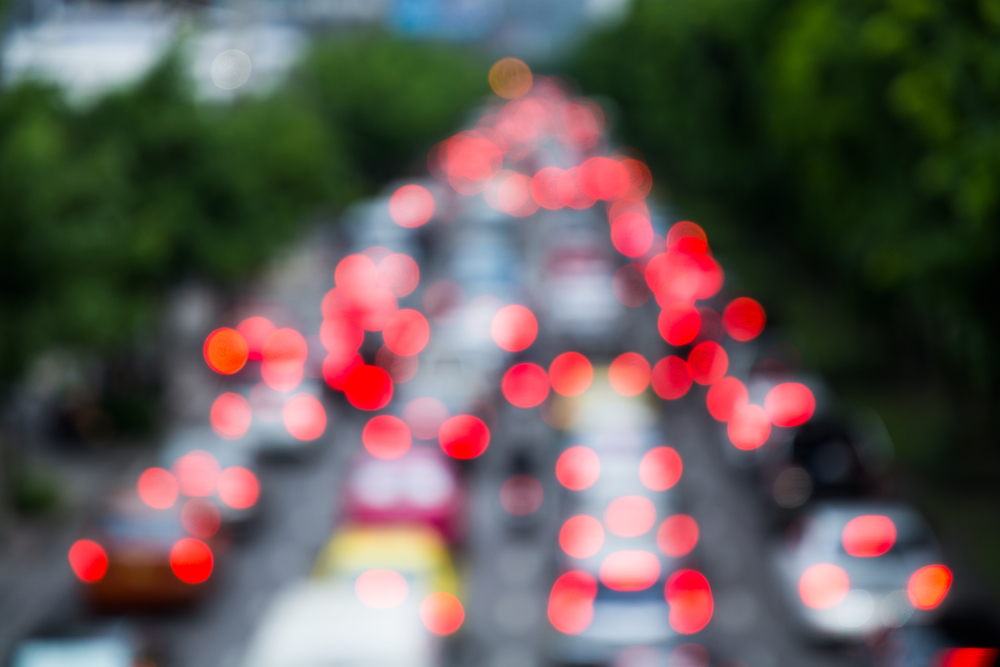
Most teenagers look forward to that moment when they can get behind the wheel as a driver — driving is considered part of their initiation into adulthood and symbolizes independence or freedom. However, teen driver car accident statistics indicate that most teenagers are unprepared for the responsibilities that go hand in hand with driving.
According to the Centers for Disease Control and Prevention (CDC), the second leading cause of death among U.S. teens is motor vehicle crashes. As a comparison group, teenage drivers account for the highest rate of car accidents, most of which are due to inexperience and distracted driving. This is why the numbers get worse when it comes to neophyte drivers.
New teenage drivers pose a significant risk of causing fatal road accidents. The number goes down significantly after two years of driving experience. This only goes to show that teenage drivers require more attention, practice, and guidance, especially within their first year of driving.
Since having the right information is key to understanding and avoiding problems, below are the latest teen driver statistics in the U.S. Hopefully, this can illustrate the magnitude of teen driver car accident statistics in the country.
General Facts About Teen Drivers
The latest data on American drivers according to age group shows that by 2019, there were already 8.78 million licensed drivers ages 19 and under. Young licensed drivers ages 20 to 24 number at 17.48 million.
With this huge number of inexperienced teen drivers on the road, it’s inevitable for collisions and accidents to happen. In the U.S. where there are an estimated 6 million car crashes every year, teenagers have been found to be responsible for around half a million of them.
Below are some teen driver car accident statistics worth knowing about:
Fatalities
- For drivers ages 16 to 19, the fatality rate is four times greater compared to that of drivers ages 25 and older.
- About two-thirds of deaths among teen passengers (ages 13 to 19) involve teenage drivers.
- Majority of fatal car accidents involving teenage drivers happen within six months after they receive their driving license. The crash fatality rate per 100,000 people is highest among 16 to 17-year-old teenage drivers six months after they get their driving license, with this trend remaining high until the age of 24.
- Compared to adult drivers, teenage drivers are 10 times more likely to get involved in a fatal car accident, and it is estimated that 8 percent of car accident deaths comprise young drivers.
- Around 8,000 people are killed every year in traffic accidents involving teenage drivers between 16 and 20 years of age.
- Since a lot of car accidents remain unreported and statistical information from government entities has yet to be updated, it’s difficult to determine the exact number of teenagers who die in motor vehicle crashes. However, it is estimated that around 4,000 teenagers die in motor vehicle accidents annually, while 285,000 are hospitalized. When it comes to the number of deaths among teenage drivers, the estimate falls at around 2,800 per year.
- According to the Insurance Institute for Highway Safety and the Highway Loss Data Institute, nightfall or the period between 9 p.m. and midnight is the most unsafe period as 18 percent of teen fatalities occur within this span of time. Meanwhile, 16 percent of fatalities take place during the early evening hours or from 6 p.m. to 9 p.m. Fifteen percent of teenage crash fatalities usually happen in the afternoon to early evening or around 3 p.m. to 6 p.m. These findings are the primary reason behind the night driving restrictions among novice drivers in 49 U.S. states.
- In 2018, the motor vehicle fatality rate for male drivers between the age of 16 and 19 was nearly two times higher than the fatality rate for female drivers within the same age range.
- Speeding is the primary factor in 35 percent of fatalities in teenage car accidents. This number indicates that teenage drivers still have a lot to learn about safety on the road.
- Sixty percent of deaths in teenage car crashes involved the non-wearing of seatbelts — a totally preventable cause.
- The deadliest states for teen drivers are (from highest to lowest) Kentucky, Mississippi, North Carolina, Montana, and West Virginia.
Car Crashes
- Around one-third of car crashes involving teenage drivers take place at intersections.
- Teen car crashes increase during the summer vacation.
- The car accident risk of unsupervised teenage drivers increases with the presence of a teenage passenger, and this risk increases with every additional teenage passenger.
- Forty-three percent of first-year drivers get involved in a type of car accident, while 37 percent of drivers already in their second year of driving also get involved in some sort of accident.
Drunk Driving Among Teen Drivers
- Among teen driver fatalities, the top three reasons include driving under the influence, speeding, and reckless driving.
- About 25 percent of fatal teenage car crashes involve alcohol consumption even when there is already a set legal drinking age limit. Alcohol consumption is second only to speeding as the primary cause of deaths in car crashes caused by teenage drivers.
- Around 3,000 teenagers (equivalent to an average of 8 teens per day) die from drunk driving crashes yearly.
- Fifty-three percent of motor vehicle accident fatalities including teens happen during the weekend (Saturday and Sunday). These are also the days when teenagers are highly likely to spend a late night with friends or at parties where they have opportunities to consume alcohol and still go out driving anyway.
- Twenty-seven percent of underage male drivers and 15 percent of underage female drivers involved in fatal car crashes have alcohol in their system.
- California teenagers get involved with 50 percent more DUI accidents during the summer. The rise in drunk driving accidents begins in May, and car accidents in general peak in August.
- In Northern California, the days between Memorial Day and Labor Day appear to be the deadliest for people below 20 years of age. During this period, majority of car crashes involving teens and car accident deaths take place.
Texting and Distracted Driving Among Teenagers
Texting and driving regardless of age cause around 1.6 million motor vehicle accidents per year, while teen driving and texting is a major road safety hazard.
Although 98 percent of adults know that texting and driving are a lethal combination, around 49 percent use their cellphone for texting, emailing, social media, etc., while driving. This type of irresponsible behavior sets a bad example for young people to follow.
While alcohol is a major factor in car crashes, texting is considered six times more dangerous than drinking as it leads to a higher number of car accidents.
- Almost everyone is glued to their screens. However, teenagers are more prone to phone addiction, with 56 percent of teenage drivers admitting to driving and talking on the phone simultaneously.
- Among high school students, 39 percent admit to texting or emailing while driving. This is a reflection of data showing that among young passengers ages 12 to 17, 48 percent have ridden a vehicle where the driver texted while driving, thereby endangering the lives of their passengers.
- Majority (90 percent) of teens in fatal crashes were distracted by their teenage passengers.
Other Reckless Behavior Among Teenage Drivers
- About 88.4 percent of drivers ages between 19 and 24 usually engage in texting, speeding, or beating red traffic lights. Around 69 percent of 16 to 18-year-old teenage drivers also engaged in reckless driving behavior, while 79.2 percent of older drivers within the 25 to 39 age range reported to doing the same.
- Among teenage drivers, only 65 percent wear a seatbelt consistently.
- Recklessness and inexperience lead to teenage drivers being unable to recognize or totally disregarding road hazards. Young drivers ages 16 to 24 have a higher likelihood of developing risky driving habits.
- One in 10 car accidents is caused by drowsy drivers. Young drivers (16 to 24 years old) make up more than half of car crashes linked to drowsiness.
- One in six college students has admitted to driving while under the influence of a drug, with marijuana being cited as the most common drug used. Marijuana has been found in the blood of 14 percent of drivers who have died in car crashes — usually in combination with alcohol or other drugs or alcohol. In fatal crashes in general, around 44 percent of the drivers are found to be positive with drugs.
- Teenage drivers as young as ages 16 and over have admitted to driving under the influence of drugs.
The Most Common Causes of Teen Driving Accidents
Aside from speeding, distracted driving, alcohol consumption, and drowsiness, there are three specific driving maneuvers that have been found to contribute to the incidence of teenage driving accidents. These are left-hand turns, running off the road, and rear-end events.
Teen driver data also shows that the risk of teenage drivers getting involved in or causing a car crash increases if they are impaired, using their cell phone, or have teenage passengers.
Addressing the Teenage Driving Dilemma
The CDC recommends certain measures to help reduce the incidence of car crashes and fatalities involving teenage drivers.
- Parents should ensure their teenage driver knows about and understands the factors that lead to accidents and injuries on the road, especially those that affect their age group in particular. These include driver inexperience, the presence of teenage passengers, driving in the dark or at night, distractions, drowsiness, not using seatbelts, and reckless and impaired driving.
- Parents should reinforce the need to use seatbelts among children and teenagers.
- Seatbelt laws must be consistently imposed.
- Minimum legal drinking age (MLDA) laws and zero tolerance laws must be maintained and enforced strictly.
- The implementation of graduated driver licensing (GDL) systems is helpful in reducing fatal accidents – especially ones involving young drivers. GDL systems focus on skill-building and providing new drivers the necessary supervision to ensure young drivers are safer on the road. Parents can also help their young driver children by learning about the GDL laws in their state.
Aside from the above, there are other things you can do as a parent or an adult role model:
- Practice what you preach. Never speed, use a cell phone while driving, or try running a red light. Don’t ever drive inebriated. Be careful with how you drive, especially in front of your kids.
- Avoid buying your teen a new car too soon. Even if your teenager already received their driver’s license, there’s no pressure to get them their own vehicle right away. Let them drive the family car first – which they are most likely to drive with care — until correct and responsible driving becomes second nature to them.
- Explain the consequences of irresponsible or reckless driving behavior to your teenager. Drive home the fact that if they break the rules or cause an accident, they need to face the outcome of their actions.
License Restrictions for California Teenage Drivers
To help reduce the number of car crashes in California, there are state laws that impose restrictions on drivers below the age of 18.
For example, when a teenage driver is driving between 11 p.m. and 5 a.m. or when they have teenage passengers ages 20 and below, an authority figure must be present in the vehicle. This person could be a licensed parent or guardian, or a licensed driver that’s aged 25 or older, or a driving instructor.
There are also exceptions to these restrictions. However, such exceptions must include a signed note from an adult who is involved directly in the situation. These situations include medical transportation (needs a signed doctor’s note), school attendance (requires a principal’s note), or a job (with an employer’s note).
Emancipated minors are exempt from such restrictions and do not require any consent or signed note from an adult.
Are You a Car Accident Victim?
Were you or someone dear to you involved in a car accident caused by a reckless teenage driver?
If you require the services of a Bakersfield car accident attorney, please reach out to us at Kuzyk Personal Injury & Car Accidents Lawyers.
We’ll be happy to assist you with your case.
